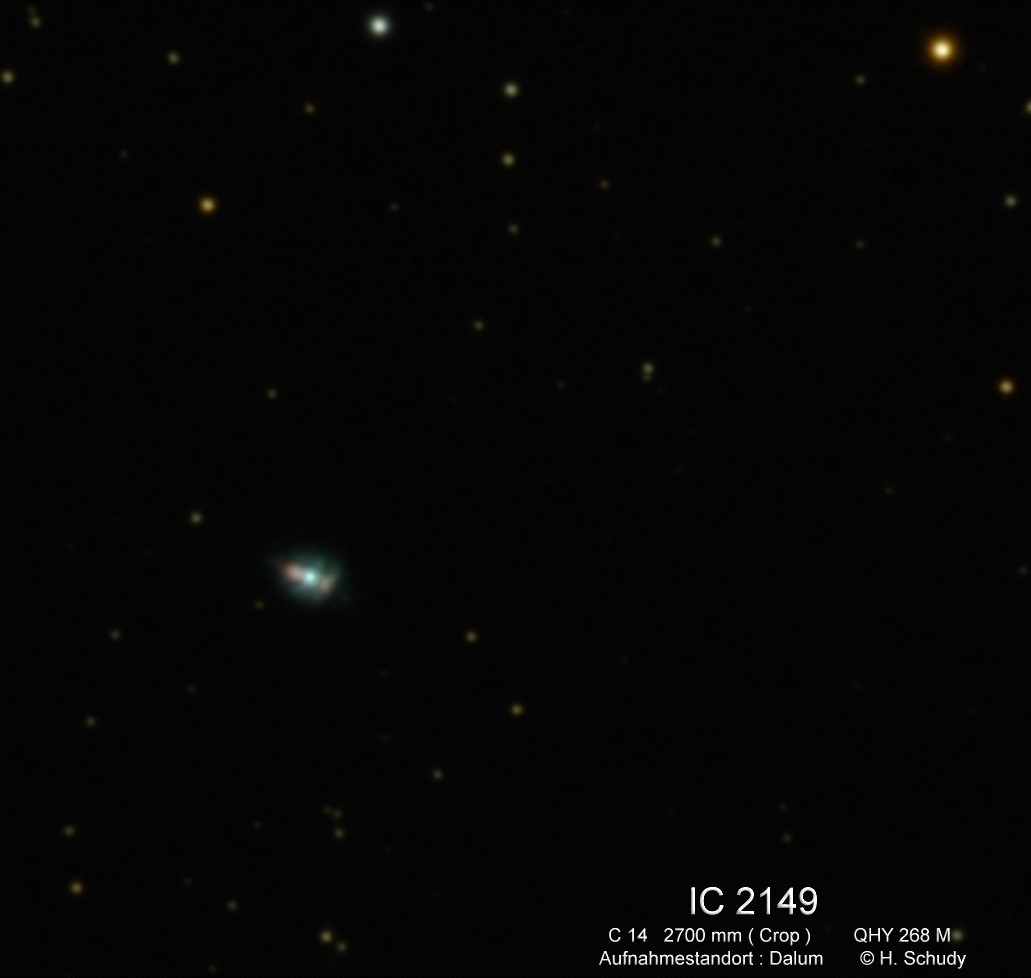ITI-1549 is a putatively non-hallucinogenic serotonin 5-HT2A receptor agonist which is under development for the treatment of mood disorders and other psychiatric disorders. In addition to acting at the serotonin 5-HT2A receptor, it is also an antagonist of the serotonin 5-HT2B receptor and an agonist of the serotonin 5-HT2C receptor. The drug's route of administration has not been specified.
Pharmacology
Pharmacodynamics
Serotonergic psychedelics like psilocybin and lysergic acid diethylamide (LSD) are agonists of the serotonin 5-HT2A receptor that activate both the β-arrestin and Gq signaling pathways. In 2023, activation of the Gq pathway, but not the β-arrestin pathway, was linked with the production of hallucinogenic-like effects, specifically the head-twitch response (HTR), in animals. Serotonin 5-HT2A receptor agonists are of interest for the potential treatment of psychiatric disorders like depression and anxiety, but the hallucinogenic effects of serotonergic psychedelics serve as a barrier and partial limiting factor in this regard.
ITI-1549 has high affinity for the serotonin 5-HT2A receptor (Ki = 10.2 nM) and acts as a partial agonist of the β-arrestin pathway with an intrinsic activity of 72% (relative to α-methylserotonin). Conversely, unlike serotonergic psychedelics, ITI-1549 does not activate the Gq pathway. Hence, it is a biased agonist of the serotonin 5-HT2A receptor. In accordance with the preceding, ITI-1549 does not produce the HTR, a behavioral proxy of psychedelic effects, in animals. However, similarly to serotonergic psychedelics, ITI-1549 has been found to produce anxiolytic-like and prosocial effects in animals. Antidepressant-like and psychoplastogenic effects of ITI-1549 in animals have yet to be assessed or reported. In any case, various other non-hallucinogenic serotonin 5-HT2A receptor agonists selective for the β-arrestin pathway have been found to produce antidepressant-like effects in animals.
In addition to the serotonin 5-HT2A receptor, ITI-1549 has high affinity for the serotonin 5-HT2B receptor (Ki = 4.8 nM). However, it acts as an antagonist of this receptor rather than as an agonist (IC50Tooltip half-maximal inhibitory concentration = 13.8 nM). Based on these findings, continuous administration of ITI-1549 is not expected to pose a risk of cardiac valvulopathy. This is in contrast to many serotonergic psychedelics, which have been shown to act as potent serotonin 5-HT2B receptor agonists. ITI-1549 is additionally a potent agonist of the serotonin 5-HT2C receptor (Ki = 21 nM; EC50Tooltip half-maximal effective concentration = 40 nM).
Chemistry
The drug is a small molecule, but its chemical structure does not yet seem to have been disclosed. It is said to be chemically unrelated to existing plant-derived and synthetic serotonergic psychedelics. However, its structure was disclosed in a 2024 patent. It is structurally related to the atypical antipsychotic lumateperone.
Clinical trials
As of February 2024, ITI-1549 is in the preclinical stage of development for psychiatric disorders. A phase 1 clinical trial is being planned and is expected to commence in late 2024 or early 2025. The drug is under development by Intra-Cellular Therapies. ITI-1549 was first described in the scientific literature by 2023.
See also
- List of investigational hallucinogens and entactogens
- List of miscellaneous 5-HT2A receptor agonists
- BMB-201
- Zalsupindole
References




